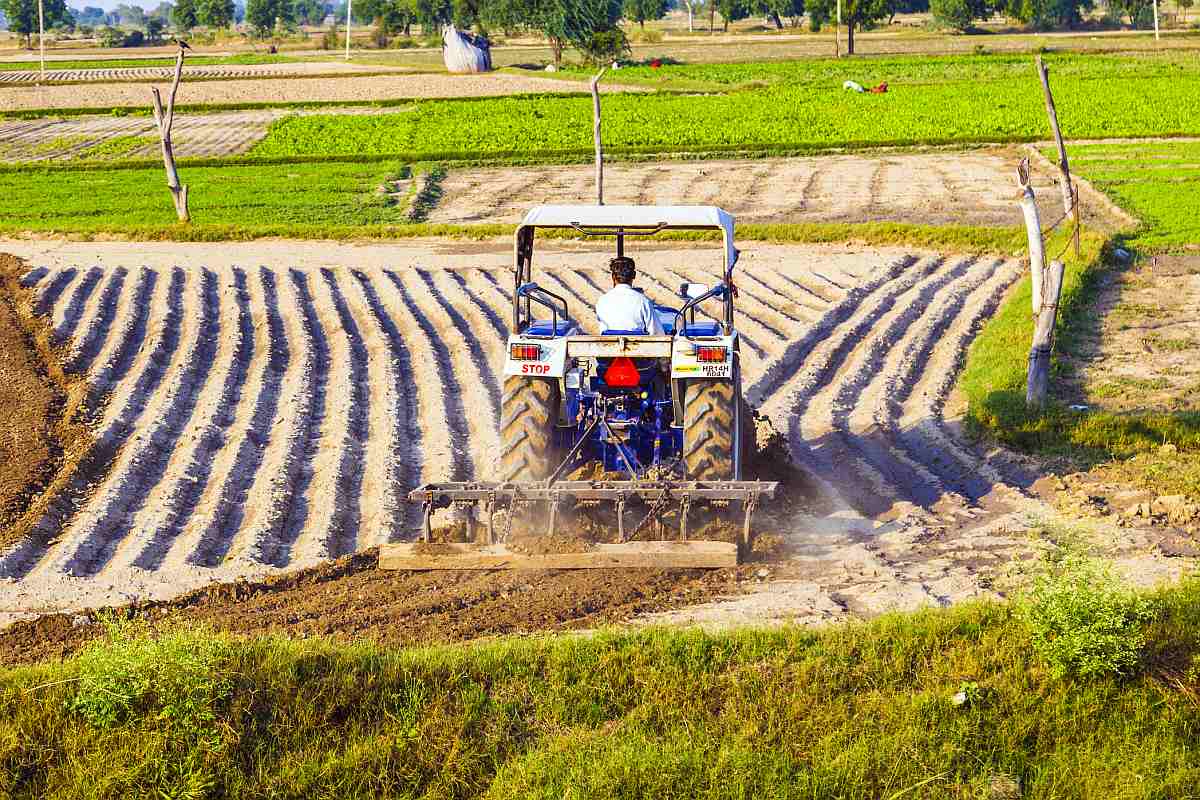Unwanted controversy embraces a city press club
Inviting a minister for a cultural programme by Gauhati Press Club (earlier Guwahati Press Club) seemingly touched the wrong chord, as the issue has gone out of proportion
The ever increasing demand of agricultural products is also a lead cause for soil erosion. This leads to massive reduction of soil fertility, reducing crop production and related problems.

Representation image [Photo: iStock]
Overcoming soil erosion: Many agriculture practices disturb the balance of the nature. Often these result in loss of soil through soil erosion and also cause the reduction of soil fertility. Therefore, it is essential to apply appropriate procedures to discover both the potential and the limitation of different soil types, so that better conservation techniques can be deployed.
It is also necessary to learn about some soil and crop management practices that lead to soil infertility in order to avoid them. Soil conservation is vital in order to seize higher food prices, particularly in developing countries.
The ever increasing demand of agricultural products is also a lead cause for soil erosion. This leads to massive reduction of soil fertility, reducing crop production and related problems.
Advertisement
Farming methods that cause soil erosion
Advertisement
Mono cropping- Planting the same crop in the field year after year reduce the soil fertility apart from this mono-cropping also built up diseases in the soil.
Tillage- It crushes the soil, producing large amount of powdery material, this increasing the risks of soil erosion with wind.
Overgrazing- To meet the needs of the ever-growing population, cattle farming is increasing rapidly. These animals graze on very small piece of land destroying the vegetation, which leads to soil erosion.
Overcoming soil erosion for better yield and brighter future
Soil conservation and management techniques:
Land use management
Choosing of sustainable land for a particular purpose is the first consideration of soil conservation. The deep, fertile, well-drained, good textured land is highly suitable for intense cropping.
Use of compost
It is a source of organic matter for the soil. Organic matter increases soils ability to retain water and provide valuable nutrients.
Use of animal manure
Spreading livestock and poultry manure provides not only nutrients required for plant growth but benefits in terms of particle aggregation. The organic material contained in the manure act as building agents in stabilizing the soil structure.
Use of crop rotation/alternate cropping
Using crop rotation will make the soil fertile. The benefits of extended crop rotation are numerous and which include improved fertility, aggregate stability, moisture storage and resistance to soil erosion and degradation.
Vegetative and mechanical practices
Vegetative practices include techniques that provide thicker vegetative cover for a large land. The mechanical method of soil conservation provides for the choices of vegetation and allows a higher income crop, even though there is less oil protection.
Sensible use of water
Conservation of soil and conservation of water are highly interrelated. Excessive water can cause puddles and uneven surfaces on the agricultural land.
Practice minimum tillage
Crop residue conservation is also affected by equipment type, speed, depth and frequency of tillage, as well as soil and climate factor. Limiting tillage depth speed conserves crop residue to accumulate near the soil surface where it is the most effective in reducing wind and water based erosion.
Plantation in the glass lands
Grass and small plants in grassland slow down the flow of water and there are little chances of soil erosion. This is one of the most inexpensive ways to prevent soil from washing or blowing away.
Advertisement